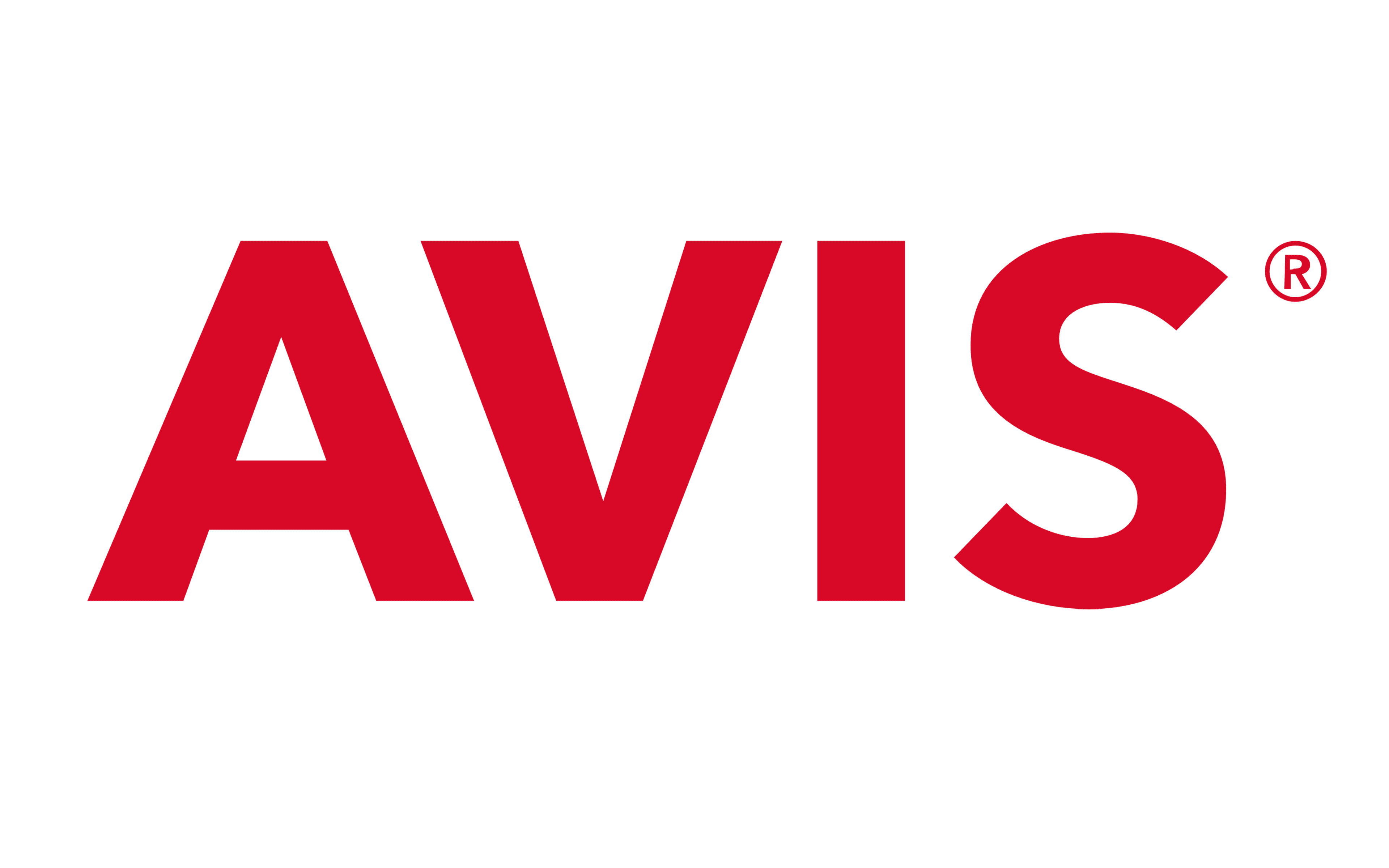Adelaide’s regions are famously close to the city. A quick daytrip will get you to the Fleurieu Peninsula’s white-sand beaches, the Barossa’s historic vineyards or the Adelaide Hills’ verdant townships and back. But the longer journey to the Flinders Ranges, in Adnyamathanha Country, is something else entirely – taking you through dusty towns and red dirt to ancient landscapes of towering sawtooth cliffs, deep gorges and a gigantic natural amphitheatre. It’s not all about the natural wonders, though: the route from Adelaide lets you experience some topnotch country dining along the way, too.
Day one
Interstate arrivals can pick up a car – whether you’re after one similar to what you’ve already got, a compact SUV, a 4WD, or something that dials up the comfort for the long drive ahead – from Avis at Adelaide Airport). Having the right car will enhance your experience, and whichever vehicle meets your needs, Avis’ll make sure it’s sparkling clean and features all the latest technology you want for a long drive, including smartphone connectivity and a media centre.
Your first stop is about an hour and a half north of the airport, in the tidy town of Watervale in the Clare Valley. The region is best known for its many wineries, but don’t miss out on lunch at the Watervale Hotel, where a regularly evolving menu makes the most of produce from its own organic and biodynamic farm and close ties with local producers. You might choose from butter-poached SA prawns, roasted local chook with herb butter and sautéed chard, or risotto with broad beans and Parmigiano Reggiano, before slicing into a pecan tart with crème fraîche and honey thyme. End on a fairtrade coffee or pot of Warndu tea (with native ingredients like quandong and anise myrtle, or finger lime and river mint) to perk up for the drive ahead.
Head another hour and 40 minutes up Horrocks Highway to the tranquil town of Melrose, the gateway to the Flinders Ranges, nestled below the rugged peaks of Mount Remarkable. Stroll or hike the national park, with its high ochre ridges, deep gorges and waterways lined with river red gums. Then refuel with a single-origin coffee or Mischief Brew tonic at rustic cafe and bike shop Over the Edge, where you’ll eye cyclists on their way to the surrounding network of mountain bike tracks.
Continue north towards the sawtooth red-rock formations of the Flinders Ranges, to check in at Rawnsley Park Station, a working sheep station looking out to the incredible craggy ridges of Ikara/Wilpena Pound. Take in the views of the giant natural basin from an eco-villa (complete with straw-bale walls and a retractable ceiling so you can stargaze from bed) then head over to the on-site Woolshed Restaurant for a platter of station-raised lamb, with grilled cutlets, rump, saltbush sausages and braised shoulder.
If it’s a fancier stay you’re after, book in at the luxurious Arkaba Conservancy, eight minutes’ drive away. The intimate (wi-fi free) accommodation includes hosted dining experiences, guided walks and safari-style drives through the rugged terrain.
Day two
Rise early to traverse Ikara/Wilpena Pound’s rocky inclines, flanked by giant river red gums, on a guided bushwalk or more strenuous hike. Or you could take a scenic flight to observe its magnitude from the sky (it’s $230 for a 30-minutes flight over the pound and Heysen Range).
Then drive an hour and 20 minutes to Parachilna, where the Prairie Hotel has been cooking with indigenous ingredients long before they became a fine-dining trend. The famous outback pub still does its signature mixed grill of charred kangaroo fillet, emu rissole and camel boerewors sausage with mashed potato, alongside plates of roo schnitzel, wild boar ragu, Sri Lankan-style goat curry, and quandong pudding.
From there, it’s a quick 45-minute drive to Nilpena Ediacara National Park on the ranges’ western fringe, bordering Lake Torrens. It’s SA’s newest national park, only opening to visitors in 2023, and the only way to see it is on a guided tour. Why is it so special? It’s the place where evidence of Earth’s earliest complex animal life was discovered. A former blacksmith’s shop now houses a visitor centre where you can get up close to a fossil bed holding more than 200 fossils.
Day three
On the way back, take a different route and stop by Telowie Beach in Germain Bay. Stretching 1.5 kilometres, this white sand beach is an idyllic spot for sunset – time it right and you’ll see the sky painted orange, purple and pink. But even with the sun high in the sky, it’s perfect for a quick dip or a stroll to stretch your legs and break up the drive.
If you’ve still got a bit of daylight by the time you return to the city, consider a stop at Adelaide Dolphin Sanctuary. Home to 30 resident bottlenose dolphins (and hundreds of others that visit at different times throughout the year), the sanctuary also has a 10,000-year-old mangrove forest and can be a good spot for birdwatching. There’s other marine life, too – keep your eyes peeled for sting rays, fur seals and sea lions.
This article is produced by Broadsheet in partnership with Avis. Start planning your journey by matching a car to your drive. Visit Avis Car Guide to view the range and take your pick.

Produced by Broadsheet in partnership with Avis Australia.
Learn more about partner content on Broadsheet.
































